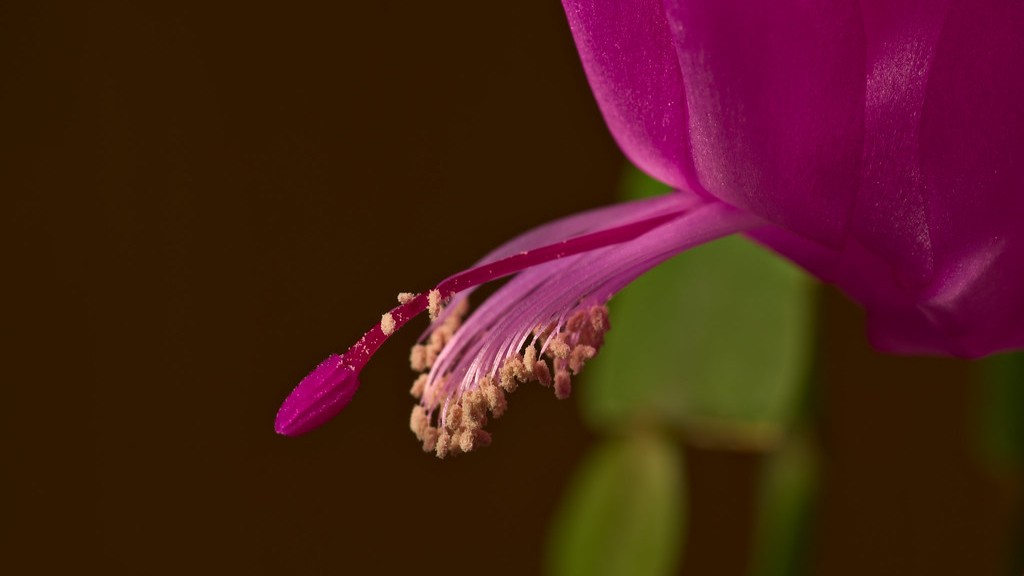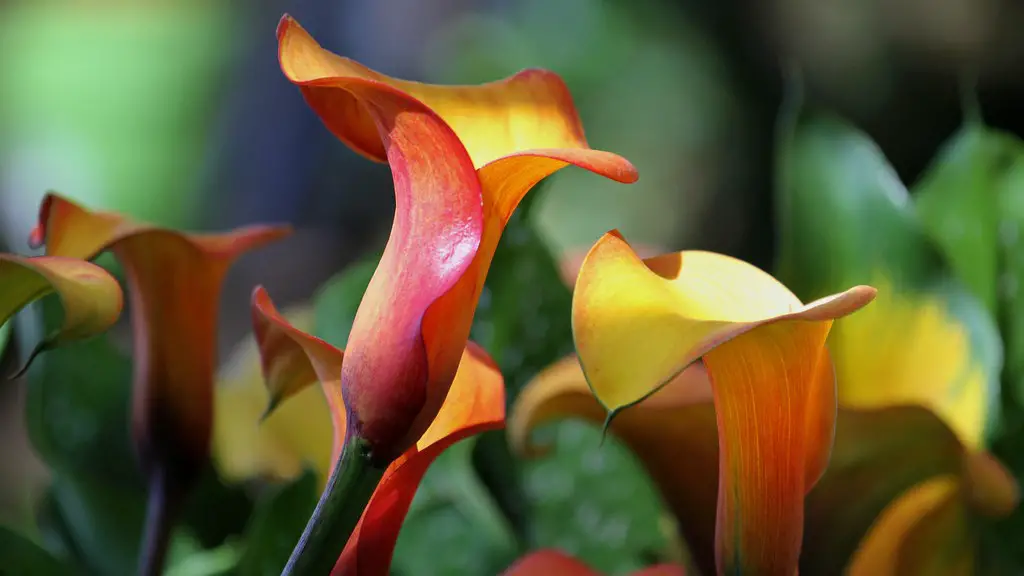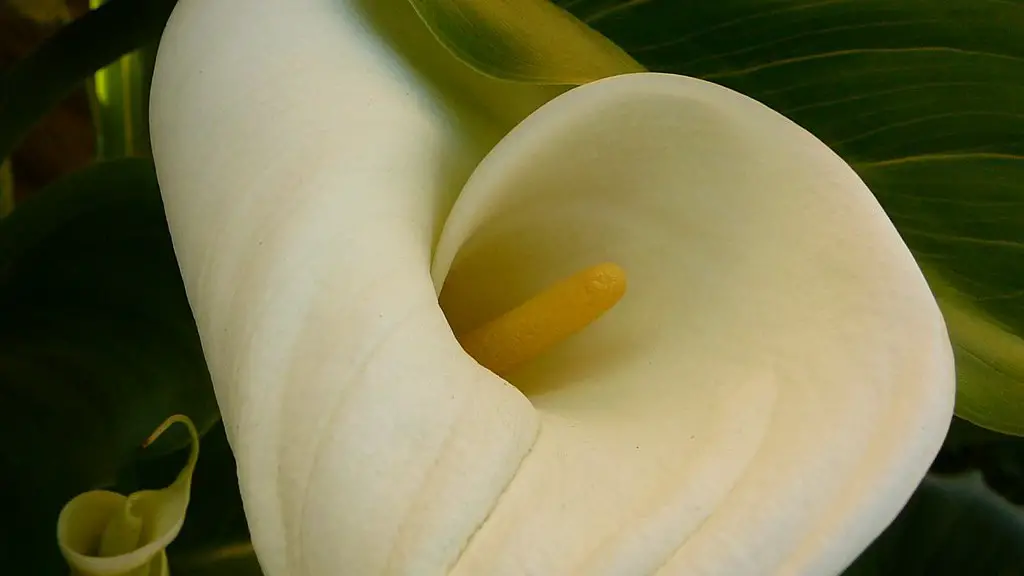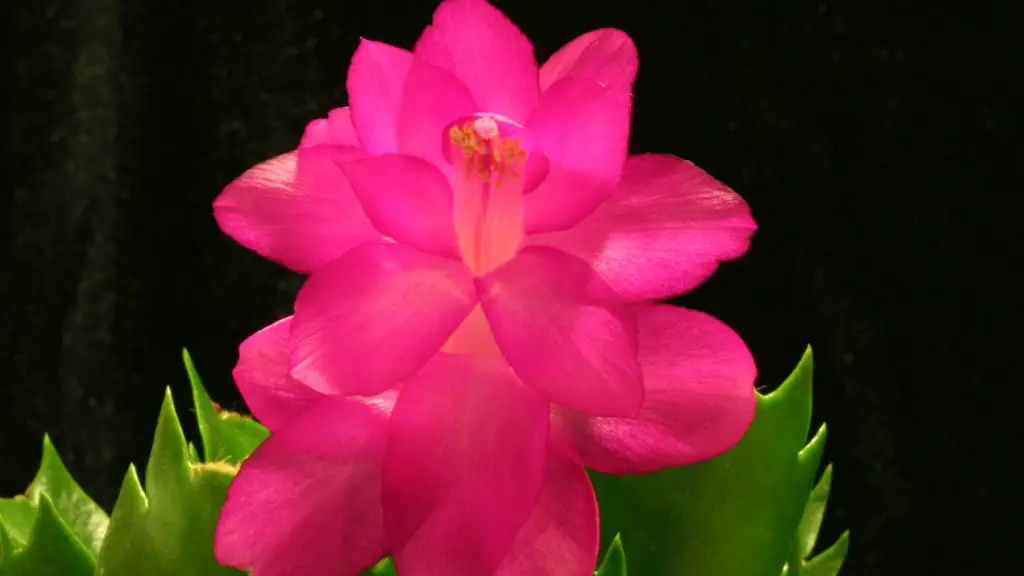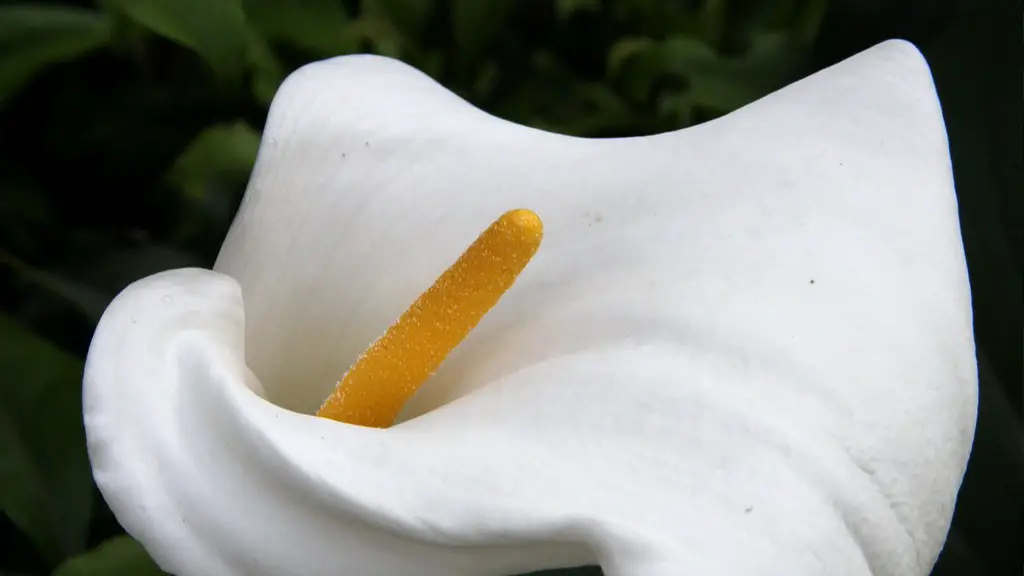When to water Christmas cactus? One way to tell if your Christmas cactus needs water is to poke your finger into the soil. If the soil is dry a few inches below the surface, it’s time to water. Be sure to water thoroughly, until water runs out of the drainage holes in the bottom of the pot. Allow the soil to dry out again before watering.
The Christmas cactus should be watered whenever the top 2-3 inches of the soil are dry.
How often should Christmas cactus be watered?
To care for Christmas cacti, water every 2 to 3 weeks, but only water when the top one third of soil feels dry to the touch. For example, if the plant is in 6 inches of soil, water when the top 2 inches feel dry.
It is important to keep the soil evenly moist while your plant is blooming. This can be done by misting it frequently. Place the cactus in an east-facing window for moderate light and some direct sun. Apply a high-potassium fertilizer every two weeks once buds form.
What month do you not water Christmas cactus
It’s important to water your Christmas cactus less during late fall in order to encourage blooming. Allow the top two or three inches of soil to dry out between waterings. During this time, also make sure the plant is getting plenty of light and the temperature is cool (between 60-70 degrees Fahrenheit).
When moving a cactus to a dark location, make sure to do so in late September or early October. This will help the plant to mature properly. Cover the plant with a box or bag to keep it dark for at least 12 hours a day.
What is the correct way to water a Christmas cactus?
It’s important to water your plants regularly, but you should only water them when the soil is dry to the touch. This will allow excess water to drain freely from the bottom of the container and prevent the soil from becoming waterlogged. Prolonged exposure to overly wet soil, especially in the winter months, can lead to root rot.
If you want your Christmas cactus to thrive, it’s important to give it the right kind of care. These plants do best in indirect light and humid conditions, so a north- or east-facing window is ideal. Just be sure to keep it out of direct sunlight. With a little love and attention, your Christmas cactus will be blooming beautifully in no time.
What triggers a Christmas cactus to bloom?
To encourage bud set, provide bright light, temperatures between 55 F and 65 F, and 13 hours or more of continuous darkness each day. For flowers during the winter holiday season, long nights should be started in late September or October and continued for eight weeks.
Misting your cactus every day is the best way to keep it healthy. You should only water the base of the plant when the soil is completely dry to the touch.
Do you water cactus from the top or bottom
Watering a cactus from the top is the best method to ensure that you don’t overdo it. Slowly pour it over the potting medium, so it is moistened evenly and thoroughly.
If your holiday cactus has shriveled leaves, it is in trouble. This is usually caused by root damage, which can be severe. holiday cacti will often keep blooming even when they’re suffering from severe root damage, so be sure to check the roots and take action if necessary.
Why do the leaves keep falling off my Christmas cactus?
If you’re having trouble with your Christmas cactus dropping leaves, it might be due to the soil conditions. Christmas cactus needs porous, well-drained soil, but if it is compacted or dense, the water does not drain perfectly, making it vulnerable to root rot or leaves falling off. Be sure to check the soil conditions and make sure your plant is getting the proper drainage it needs.
The Christmas cactus (Schlumbergera bridgesii) is a popular plant known for its beautiful flowers that bloom in December. These flowers are typically pink or white, but you may also see blooms between March and May. These plants make a great addition to any home or office, and they are relatively easy to care for. With proper care, your Christmas cactus can bloom for many years to come.
How old does a Christmas cactus have to be to bloom
It is important to continue caring for your Christmas cactus even after the holidays have passed. For at least six to eight weeks after Christmas, keep your cactus in a dark, cool location. Once buds have begun to form, the plant can be moved to a brighter location. Blooms will appear within 12 weeks.
The Christmas cactus is a beautiful plant that is easy to care for and can bloom for many years. These plants make great holiday gifts that will keep on giving for many Christmases to come!
How can you tell if a Christmas cactus is overwatered?
A Christmas cactus is a succulent, which means that it cannot tolerate soggy feet. Water only when the surface feels dry to the touch. If the flat stems get soft and mushy, you are overwatering. If the stems look shriveled, you are probably under-watering.
It’s really important also start to restrict the water that you’re giving your plant While they’re in the dormancy period, because if you give them too much water while they’re trying to rest, it’ll actually cause problems for them when they start growing again in the spring. So, just give them a little bit of water, just to keep them alive during that time, and then in the springtime, you can start giving them a little bit more water and they’ll be fine.
Final Words
If your Christmas cactus is healthy and blooming, it will need to be watered about once a week. If the plant is not blooming, it can be watered a bit less often. Be sure to check the soil before watering to make sure it is dry; if it is still moist, wait another day or two before watering again.
The best time to water your Christmas cactus is in the morning, before the sun gets too hot. This will give the plant time to absorb the water and make use of it before the sun evaporates it.
